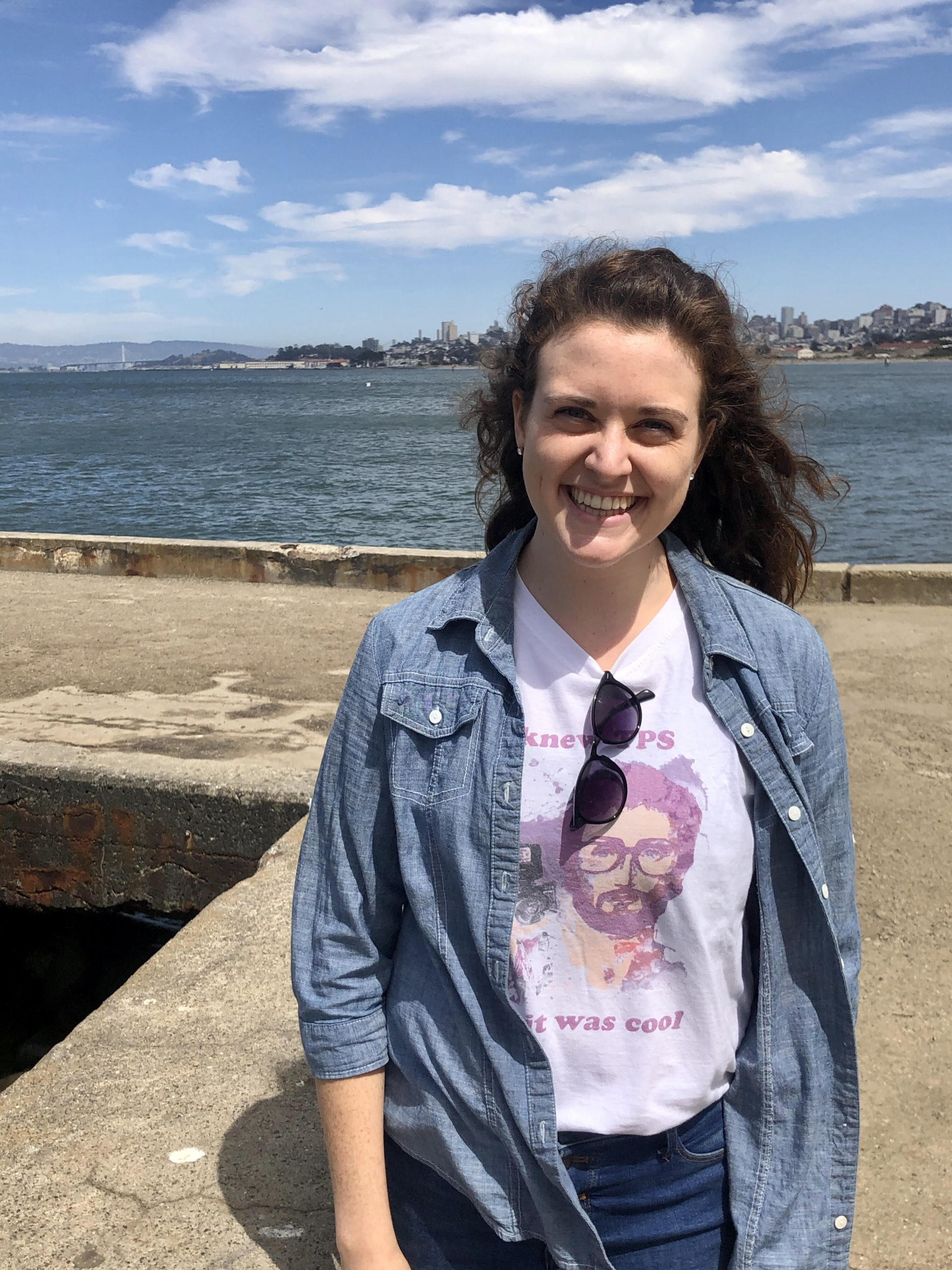
In a landmark decision from the Supreme Court, the interpretation and meaning of the Second Amendment has been clarified.
The Second Amendment and more particularly, how states must interpret the constitutional guarantee of the “right to keep and bear arms,” came under scrutiny when the case of New York State Rifle & Pistol Association Inc. v. Bruen made it up to the Supreme Court.
In a 6 to 3 decision the court decided that the New York state law for carrying firearms is in violation of the 14th Amendment and individuals have the right to carry firearms outside of the home.
“We too agree, and now hold, consistent with Heller and McDonald, that the Second and Fourteenth Amendments protect an individual’s right to carry a handgun for self-defense outside the home,” Justice Thomas wrote in the opinion.
Justice Thomas was joined by Chief Justices John Roberts and Justices Samuel Alito, Neil Gorsuch, Brett Kavanaugh and Amy Coney Barrett. Justices Stephen Breyer, Elena Kagan and Sonya Sotomayor dissented.
The issue at the heart of this case was whether the Second Amendment gives a person the right to carry concealed firearms for self-defense.
According to the Supreme Court’s website, the question presented in the case is: “Whether the Second Amendment allows the government to prohibit ordinary lawabiding citizens from carrying handguns outside the home for self- defense.”
Robert Nash and Brandon Koch, members of the New York State Rifle & Pistol Association, applied for a general concealed carry permit under the New York state law. However, their applications were denied for lack of “proper cause.”
New York’s gun laws do criminalize the possession of handguns and restrict concealed carry only to those who have “proper cause,” Cornell University’s Legal Information Institute noted.
Do you agree with the Supreme Court’s decision?
Yes: 100% (12 Votes)
No: 0% (0 Votes)
“If your application seeks what is popularly known as a ‘have and carry concealed’ without limitation pistol license, the New York State Legislature authorizes the court to approve it only where it meets the ‘proper cause’ standard,” the New York State Legislature outlines.
In order to meet “proper cause” then, one must have a “statement of grounds which meet the test of … ‘a special need for self-protection distinguishable from that of the general community or persons engaged in the same profession.’”
Both Koch and Nash requested concealed carry for the general purpose of self-defense.
Nash cited a number of robberies in his neighborhood, as well as his completion of an advanced safety firearms course.
Koch also cited experience in handling firearms and the completion of various firearms safety courses.
However, licensing officers denied Nash and Koch’s applications and said they did not have “proper cause,” according to a Ballotpedia summary of the case.
This resulted in Nash, Koch, and the New York State Rifle & Pistol Association filing a federal civil rights lawsuit arguing that their constitutional rights have been violated.
Eventually, the suit made its way through the courts and up to the Supreme Court, naming as the defendant Kevin P. Bruen, superintendent of the New York State Police.
Arguing from a largely historical standpoint, the New York State Rifle & Pistol Association Inc., or NYSRPA, argued that the text of the Second Amendment clearly supports the right to possess firearms and also carry them outside the home, the Legal Information Institute outlined.
The NYSRPA asserted that under the traditional and historical interpretation of the Constitution, the words “to keep and bear arms” mean that Americans have the fundamental right to both own and carry arms.
Even the 1689 English Bill of Rights was employed in the NYSRPA’s arguments and interpretation of the U.S. Constitution.
“NYSRPA also asserts that this interpretation is consistent with the history of the Second Amendment by citing to the Second Amendment’s predecessor, the 1689 English Bill of Rights. NYSRPA points out that the English Bill of Rights granted Englishmen the right to have arms for self-defense and was interpreted to extend that right to carry outside the home,” the Legal Information Institute summarized. “Thus, NYSRPA contends that in America’s early days, people commonly understood they had a right to carry weapons with them in public.”
But looking beyond just constitutional history and interpretation, the NYSRPA has also pointed to recent Supreme Court decisions.
In the District of Columbia v. Heller, the Supreme Court ruled 5 to 4 that the ban on registering handguns and the requirement to keep guns in the home either non-functional or disassembled, violated the Second Amendment.
“NYSRPA further argues that even if some previous laws unduly restricted the right to carry a firearm outside the home, the Supreme Court’s recent decision in District of Columbia v. Heller clarified that ‘all Americans’ have the right ‘to possess and carry weapons in case of confrontation,’” the Legal Information Institute wrote.
In contrast, however, the opposing arguments from New York said that the right to bear arms is not unlimited, as NYSRPA might suggest.
New York agreed that the Second Amendment grants the right to possess and carry firearms, however it argued over the history brought up by NYSRPA.
New York attorneys defending the state’s laws argued that “historical laws allowed people to carry weapons only where and when doing so would not create a suspicion of violence or disturbance,” the Legal Information Institute wrote.
Now, the court has ruled in favor of of NYSRPA.





